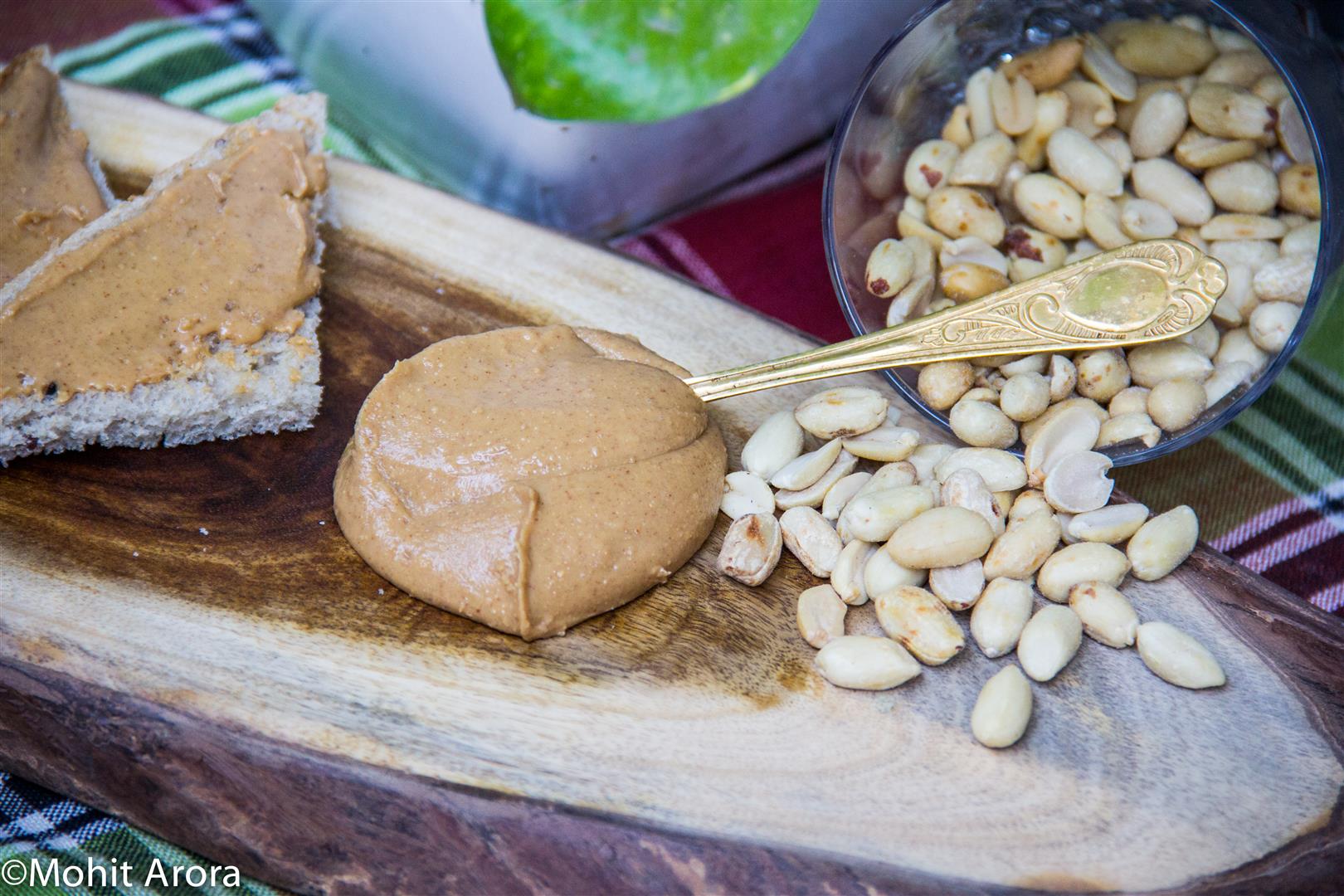
Peanut allergies are among the most common and severe food allergies. With the increasing popularity of peanut oil in cooking, especially in fast-food chains, it’s essential to understand the relationship between peanut oil and peanut allergies. This article delves into the intricacies of peanut oil, its processing, and its potential effects on those with peanut allergies.
1. Introduction
Peanut oil, often used for its flavorful profile and high smoke point, is a staple in many cuisines. However, for those with peanut allergies, the question arises: Is peanut oil safe?
2. Understanding Peanut Oil
2.1. Types of Peanut Oil
There are primarily two types of peanut oil:
- Refined Peanut Oil: This oil undergoes a refining process that removes peanut proteins, making it generally safe for most individuals with peanut allergies. Popular fast-food chains like Five Guys and Chick-fil-A use refined peanut oil for frying.
- Cold-Pressed (Gourmet) Peanut Oil: This oil retains more of its natural flavor and color. However, it might still contain peanut proteins, posing a risk to those with peanut allergies.
2.2. Peanut Protein and Allergic Reactions
The allergic reaction in peanut-allergic individuals is triggered by peanut proteins. Refined peanut oil, having undergone a process to remove these proteins, is typically considered safe. However, always consult with an allergist before consuming any product if you have a known allergy.
3. Peanut Oil in Popular Chains
3.1. Five Guys and Peanut Oil
Five Guys is known for its fries cooked in peanut oil. They use refined peanut oil, which is generally considered safe for most peanut-allergic individuals. However, given the environment, cross-contamination is possible.
3.2. Chick-fil-A’s Stance on Peanut Oil
Chick-fil-A uses refined peanut oil for frying. They’ve stated that their oil is safe for those with peanut allergies due to the refining process that removes allergenic proteins. However, as always, allergic individuals should exercise caution and consult with their healthcare provider.
3.3. Other Chains and Peanut Oil
While Five Guys and Chick-fil-A are among the most popular chains using peanut oil, many other restaurants and fast-food joints might use it due to its favorable cooking properties. Always inquire about the type of oil used if you or someone you’re with has a peanut allergy.
By understanding the nuances of peanut oil and its potential effects on those with peanut allergies, individuals can make informed decisions about their diet and safety. For more insights on related allergies, explore the differences between milk allergy and lactose intolerance and the comprehensive guides on milk allergy and lactose intolerance.
4. Myths and Misconceptions
4.1. “All Peanut Oils are the Same”
This is a common misconception. As mentioned earlier, there are different types of peanut oil, and their processing determines their safety for allergic individuals. Cold-pressed peanut oil retains more peanut proteins than refined peanut oil.
4.2. “If I’m Allergic to Peanuts, I Can’t Eat Anywhere That Uses Peanut Oil”
Not necessarily true. Many allergic individuals can safely consume foods fried in refined peanut oil. However, it’s always essential to check with the restaurant and your allergist.
4.3. “Peanut Oil Allergies and Peanut Allergies are the Same”
While they are related, they aren’t the same. Some individuals might react to the proteins in peanuts but not to refined peanut oil, which has had most of these proteins removed.
5. Symptoms of Peanut Oil Allergy
5.1. Skin Reactions
This includes hives, redness, and itching. Some individuals might develop eczema flares after consuming peanut oil.
5.2. Gastrointestinal Symptoms
Symptoms like stomach cramps, nausea, vomiting, or diarrhea can occur if an allergic individual consumes peanut oil.
5.3. Respiratory Symptoms
In severe cases, individuals might experience wheezing, coughing, shortness of breath, or even anaphylaxis, a life-threatening allergic reaction that requires immediate medical attention.
6. Safe Alternatives to Peanut Oil
6.1. Canola Oil
A versatile oil that’s often used for frying and is safe for most individuals with peanut allergies.
6.2. Sunflower Oil
Another excellent alternative, sunflower oil has a mild taste and is suitable for high-heat cooking.
6.3. Coconut Oil
While coconut oil has a distinct flavor, it’s a safe alternative for those with peanut allergies. However, ensure you don’t have a coconut allergy.
Remember, if you suspect you have a peanut or peanut oil allergy, it’s crucial to consult with an allergist or healthcare provider. They can provide guidance tailored to your specific situation. For more information on related topics, check out our articles on Gluten Intolerance vs. Wheat Allergy, Milk Allergy Symptoms, Causes, and Management, and Lactose Intolerance: A Comprehensive Guide.
Conclusion
Peanut oil, with its unique flavor and high smoke point, remains a popular choice in many kitchens and restaurants worldwide. However, for those with peanut allergies, navigating the world of dining can be fraught with potential dangers. Understanding the nuances between different types of peanut oil and their implications for those with allergies is crucial.
It’s essential to remember that while refined peanut oil is generally considered safe for many with peanut allergies, individual reactions can vary. Always prioritize safety, ask questions when dining out, and consult with a healthcare professional about any concerns.
We hope this article has shed light on the often confusing topic of peanut oil and peanut allergies. By staying informed and vigilant, those with allergies can enjoy a diverse range of foods while ensuring their well-being.
For more insights into various food allergies and intolerances, don’t forget to explore our other articles. Stay safe, informed, and enjoy the world of flavors out there!
Frequently Asked Questions (FAQs) about Peanut Oil and Peanut Allergy
1. Can someone with a peanut allergy safely consume refined peanut oil?
While many individuals with peanut allergies can safely consume refined peanut oil, it’s essential to consult with an allergist. Refined peanut oil has most of its protein removed, reducing the risk of allergic reactions. However, individual reactions can vary.
2. Why do places like Five Guys and Chick-fil-A use peanut oil?
Peanut oil has a high smoke point, making it ideal for frying. It also imparts a unique flavor to foods. Both Five Guys and Chick-fil-A use refined peanut oil, which is generally considered safe for many with peanut allergies.
3. Are there symptoms specific to peanut oil allergies?
Peanut oil allergy symptoms are similar to other food allergy symptoms and can include skin reactions (like hives or rashes), gastrointestinal issues, respiratory symptoms, and in severe cases, anaphylaxis.
4. If I’m allergic to peanuts, am I also allergic to tree nuts?
Not necessarily. While some individuals are allergic to both peanuts (which are legumes) and tree nuts, it’s possible to be allergic to one and not the other. Always consult with an allergist for specific allergy testing.
5. Is it safe for someone with a peanut allergy to eat at Five Guys or Chick-fil-A?
Both restaurants use refined peanut oil for frying. While many with peanut allergies can safely eat foods fried in refined peanut oil, it’s essential to communicate your allergy when ordering and consult with an allergist about your specific situation.
6. Are there alternatives to peanut oil for frying?
Yes, there are several alternatives, including canola oil, sunflower oil, and coconut oil. The choice depends on the desired flavor and cooking temperature.
7. How is refined peanut oil different from cold-pressed or gourmet peanut oil?
Refined peanut oil undergoes a process that removes most of the peanut protein, making it less allergenic. In contrast, cold-pressed or gourmet peanut oils retain more of the peanut protein and can pose a higher risk for those with peanut allergies.
8. Can skin reactions occur even if I don’t consume peanut oil?
Yes, some individuals with severe peanut allergies might react to skin contact with peanut oil or peanut products. Always exercise caution and consult with an allergist about your specific reactions.
Call to Action (CTA)
If you found this article helpful, please consider sharing it with friends, family, or anyone you know who might benefit from this information. Knowledge is power, especially when it comes to health and well-being. Stay tuned for more in-depth articles on food allergies, intolerances, and other related topics. Don’t forget to bookmark our site and subscribe to our newsletter for updates!
Blog Tags
Peanut Allergy, Peanut Oil, Food Allergies, Allergic Reactions, Refined Peanut Oil, Cold-Pressed Peanut Oil, Five Guys, Chick-fil-A, Allergy Symptoms, Safe Cooking Oils, Allergy Alternatives, Food Safety, Dining Out with Allergies, Health and Wellness
Related Articles
- Gluten Intolerance vs. Wheat Allergy
- Milk Allergy Symptoms, Causes, and Management
- Lactose Intolerance: A Comprehensive Guide
Remember, understanding and managing allergies is a journey. Equip yourself with the right knowledge, and you’ll be better prepared to navigate the challenges that come your way. Stay safe and eat well!












